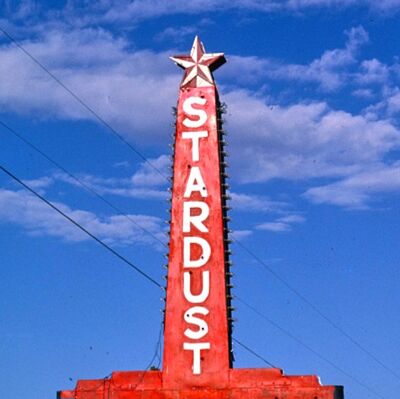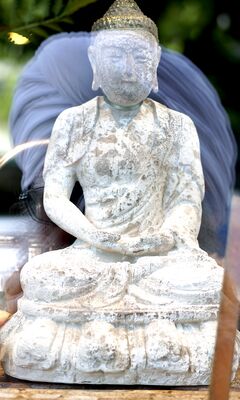Leica and World War II
Jun 16, 2020 08:03:20 #
Jun 16, 2020 08:14:29 #
The book is available on Amazon, and other outlets. I still treasure my first camera that my father gave me in 1972 for a long road trip out west, a Lieca IIc, 1949.
Jun 16, 2020 08:14:35 #
Jun 16, 2020 08:16:22 #
Jun 16, 2020 08:26:24 #
I had the pleasure of taking a two-day course at the Leica company, with use of their cameras, while stationed in Germany. Knowing this story makes it that much more special.
Jun 16, 2020 08:37:55 #
Jun 16, 2020 08:59:35 #
What a wonderful, and uplifting way to start my day.
I can't thank you enough for posting this wonderful, and VERY positive history lesson.
A Smiling,
JimmyT Sends
Bravo Zulu





I can't thank you enough for posting this wonderful, and VERY positive history lesson.
A Smiling,
JimmyT Sends
Bravo Zulu





Jun 16, 2020 09:35:56 #
There is so much good in the world. Some people should just open their eyes.
Jun 16, 2020 09:39:21 #
IndyBob wrote:
There is so much good in the world. Some people should just open their eyes.

Jun 16, 2020 09:43:44 #
I owned a Leica Iiif (i think???) But got rid of it when i found a Luftwaffe marking on the lens. Didnt want anything to do with Nazism. Sold it for a song. Now i wish i had it back. Thanks for the info
.
.
Jun 16, 2020 09:52:22 #
I have always avoided buying Leica equipment for a number of reasons, including its association with the Nazis during WWII. Plus, its very high cost. I do not believe that its lenses are any better than those of its competitors, such as the new Canon R lenses. However, this is great information and I will revisit at least one of my reasons for now going Leica. I recently watched Schindler's List, again.
Jun 16, 2020 09:58:20 #
slcarn
Loc: Draper, Utah USA
jerryc41 wrote:
Funny, but I'd think just the opposite. Good deeds like that should be published by someone, if not the one doing them. That might encourage others to try to do something similar.
Jerry, obviously at the time, publishing this good deed would have resulted in other's deaths. I would imagine publishing this even within several years after this time could have affected lives negatively. Silence is golden.
Steve
Jun 16, 2020 10:14:28 #
Jun 16, 2020 10:20:18 #
tomad wrote:
This was posted on Facebook. Hopefully not fake n... (show quote)
dd
Thank you Tomad for this wonderful history lesson. Before your post I had never known the true story of Leica and would never have guessed such an ending. It is a credit to their longevity & and I am glad you shared it with us.



Jun 16, 2020 10:31:26 #
fetzler
Loc: North West PA
Interesting story. It is not untypical for Germans not to seek public praise for good deeds. I grew up in a family with many German rules. I learned of my father's generosity only at his funeral. For the Leitz family there may have also been some repercussions within Germany as well.
If you want to reply, then register here. Registration is free and your account is created instantly, so you can post right away.







